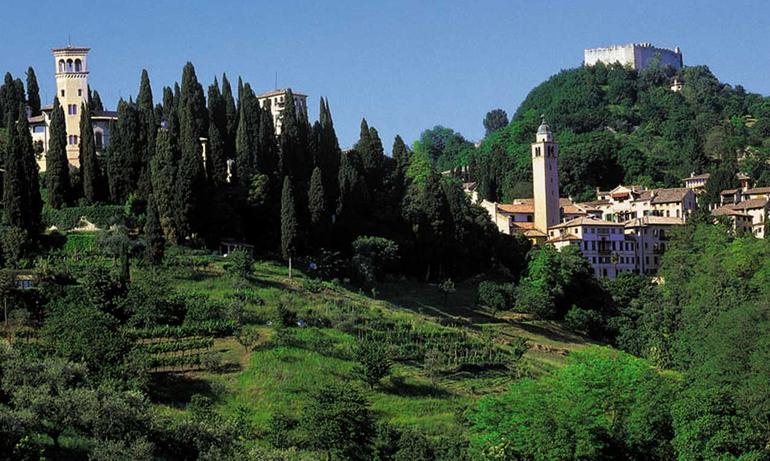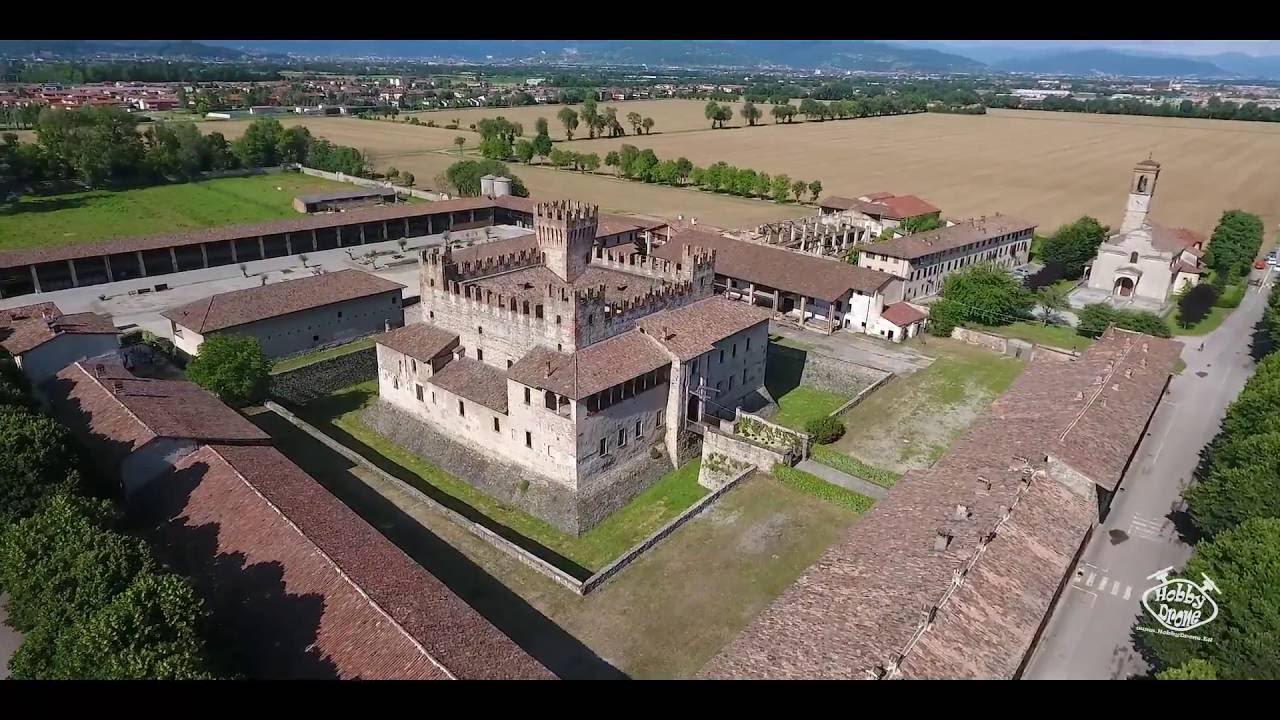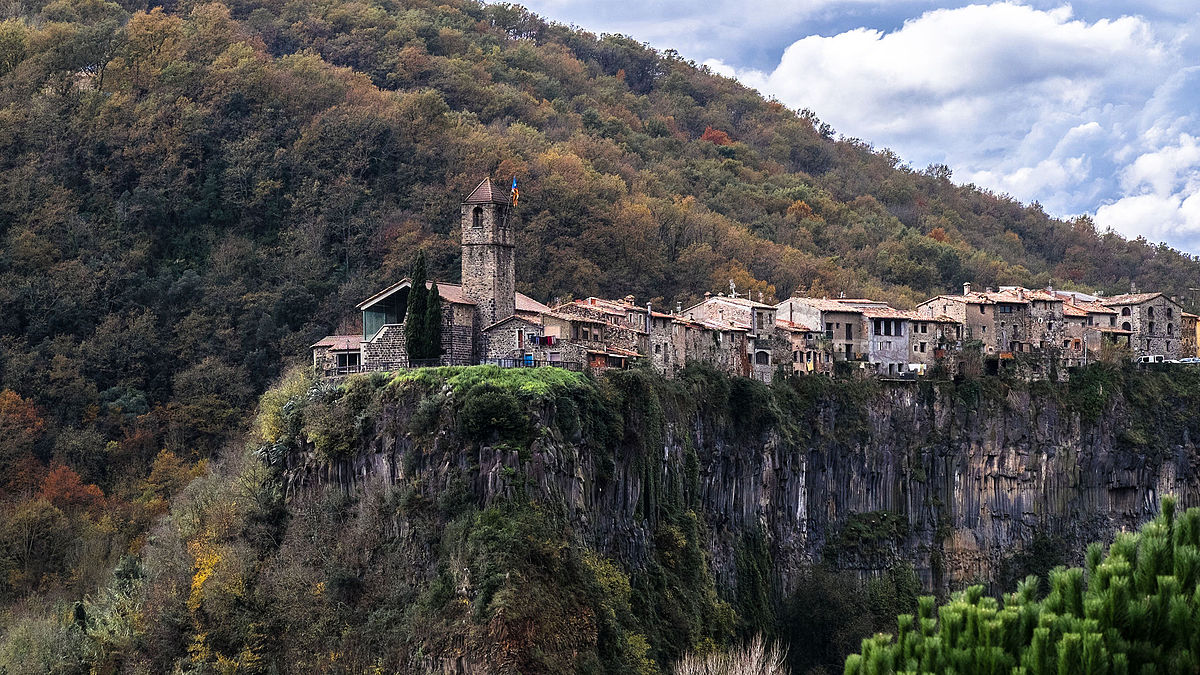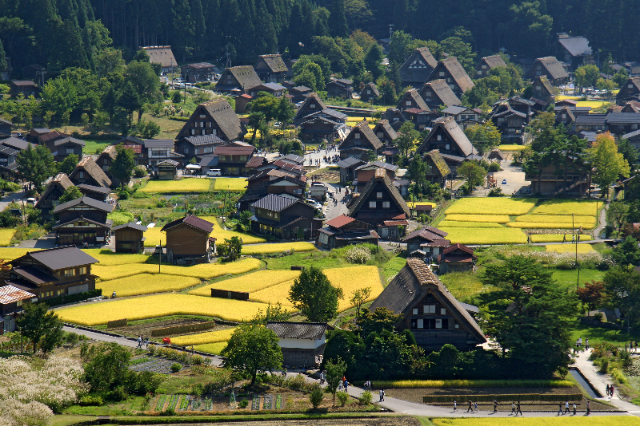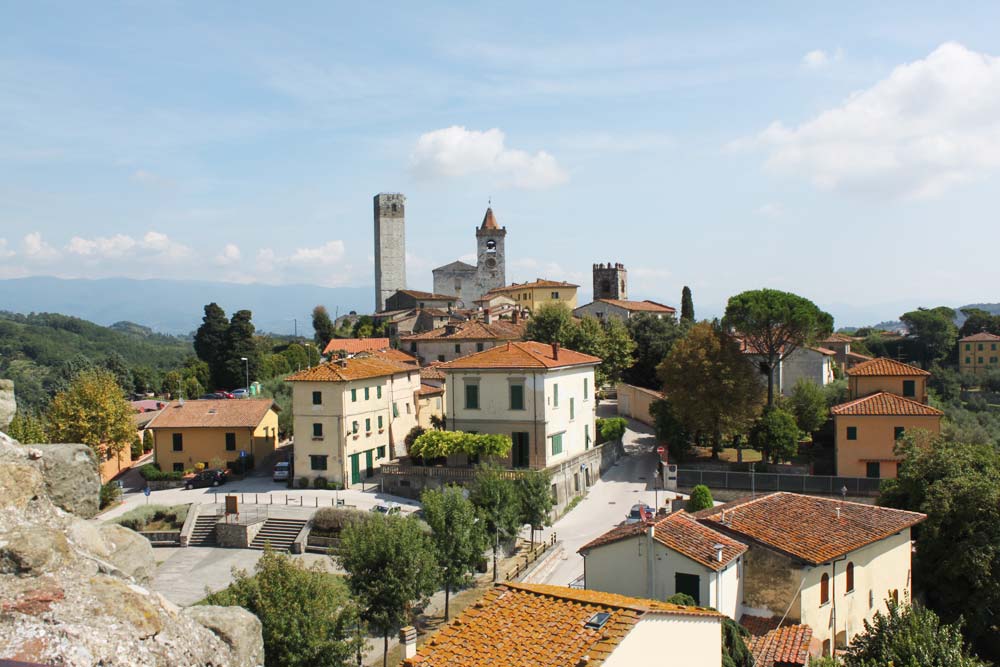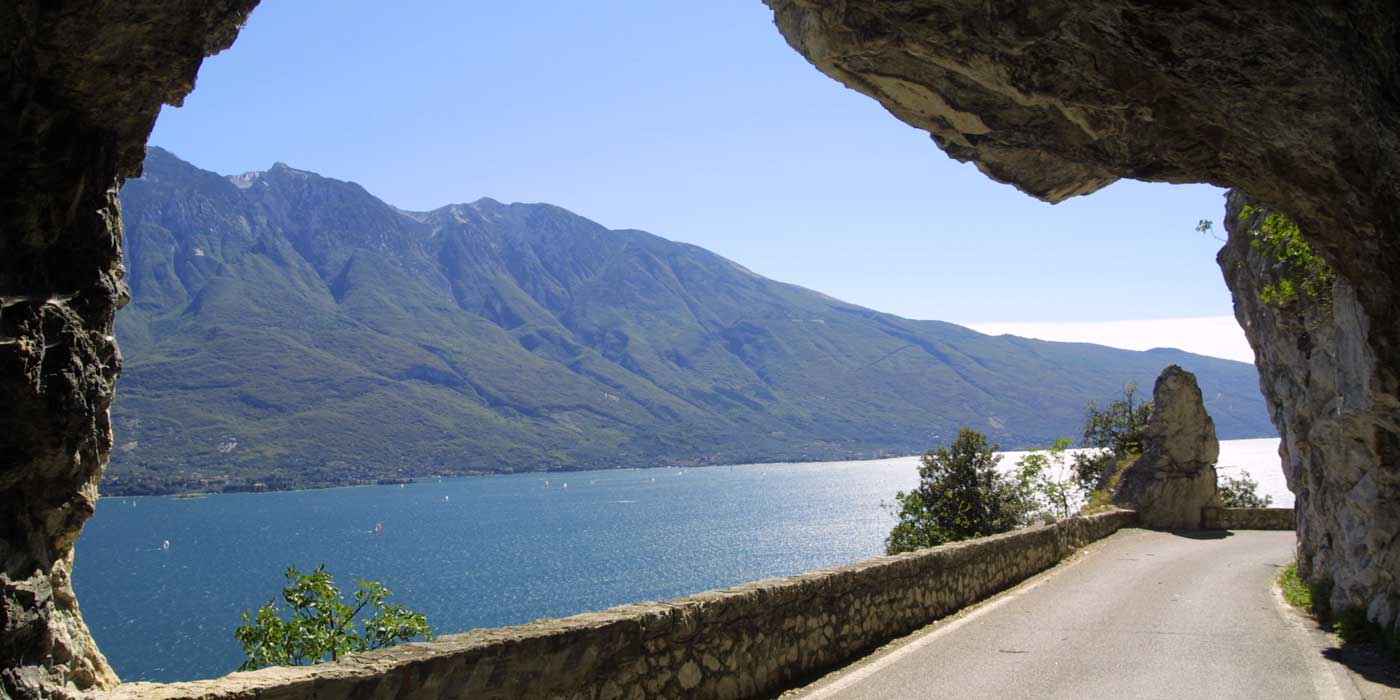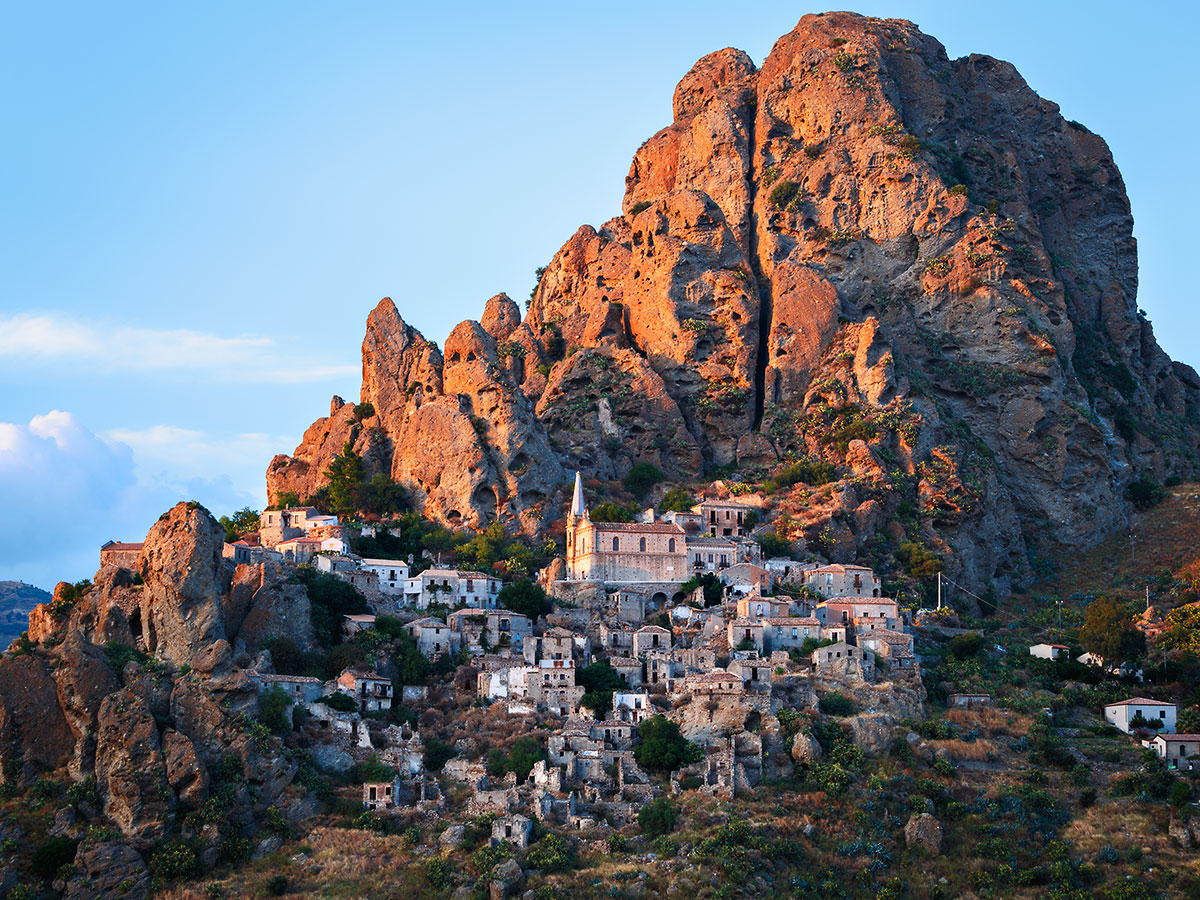The fame and the poetic aura of Asolo are indissolubly linked to the Queen of Cyprus Caterina Cornaro (1454 – 1510) who, having received the seigniory of the town in exchange for the cession of her island to the Republic of Venice, had an elegant court built here, dedicated to cultural life and idleness. Of the castle where he lived unfortunately little remains, but what remains at the level of feeling and charm is very much.
It is certain, however, that Asolo’s land has always been of particular attraction for man, so much so that today it could easily recount more than two millennia of history: from the Paloeveneti to the ancient Romans, who built aqueducts, thermal baths and theaters, from the Middle Ages to the Renaissance, still present in large measure, from the romantic nineteenth century, as an attraction for intellectuals and artists, to today. Nor should it be forgotten that the enigmatic Giorgione painted his hills, making them even more immortal, finding in them a face of art as well as ‘naturalistic’.
Visiting Asolo you will pass by the Piazza Maggiore with its Renaissance fountain, the Loggia del Capitano, which houses the Civic Museum, and the ancient Cathedral, built on Roman ruins: inside are works by Lorenzo Lotto and Jacopo Bassano. The fortress dating back to the period of the Ezzelini family has been restored at the end of the last century and offers a fascinating walk in the nature of the surrounding hills.
It is fascinating to descend from here to Borgo Casella, where the best of the Middle Ages is preserved. Continuing along the Foresto Vecchio you will reach the house of the musician Francesco Malipiero and the small fourteenth-century church of S. Angelo.
Recommended destinations are also Borgo S. Caterina where there is the house of the actress and friend of D’Annunzio, Eleonora Duse, who spent the last years of her life here. In the plain below you will notice Villa Barbaro di Maser, a superb work of Palladio. Some important names who stayed here: Giosuè Carducci, Robert Browning, Ernest Hemingway and Henry James.
